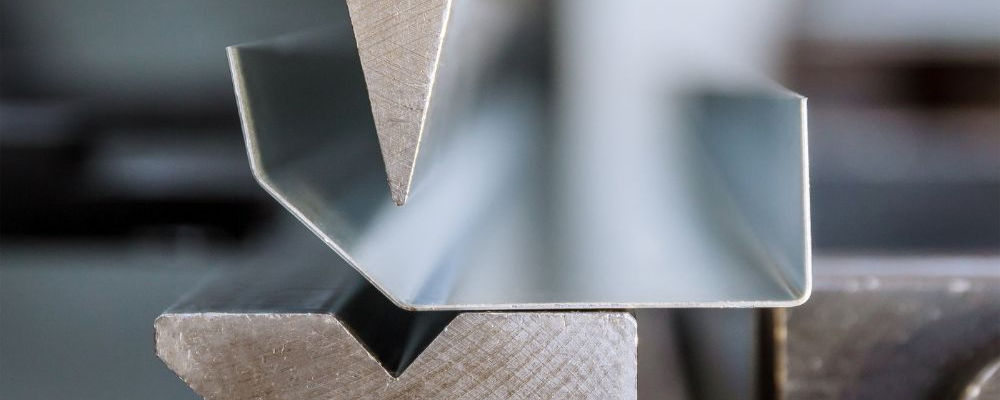
Sheet metal bending is a process used in metal fabrication to transform flat sheets into various shapes. It involves creating a permanent bend along a straight line in the sheet metal, typically resulting in a V-shape, U-shape, or channel shape. This technique has applications across various industries, from crafting enclosures and ductwork to shaping brackets and components.
The process starts with material selection and tool setup. After that, bend locations are marked, and the sheet is clamped. The bending tool bends the metal by controlling angles and compensating for spring back. Finally, our quality inspection team evaluates the sheet for accuracy, which is followed by any necessary post-bending operations, such as deburring. By leveraging the right bending technique and tools, Dainsta ensures:
Proper clamping and support techniques are employed during the bending process to minimize distortion or warping, especially in thin or delicate materials. This ensures the integrity of the metal is maintained throughout bending.
The metal bender precisely and accurately folds the metal according to specified dimensions and angles. This guarantees that the bent metal meets the required tolerances and seamlessly fits into the intended assembly or structure.
After bending, proper deburring ensures that the edges of the metal are smooth and free from burrs or sharp edges. This enhances safety during handling and assembly and prevents damage to adjacent components or surfaces.
Regardless of the quantity produced, the metal bender maintains consistent quality and adherence to specifications. This ensures reliability and repeatability in the manufacturing process.
Sheet metal bending offers a cost-effective way to create strong, lightweight components in various shapes and sizes. With the flexibility for intricate designs and faster turnaround times compared to other fabrication methods.